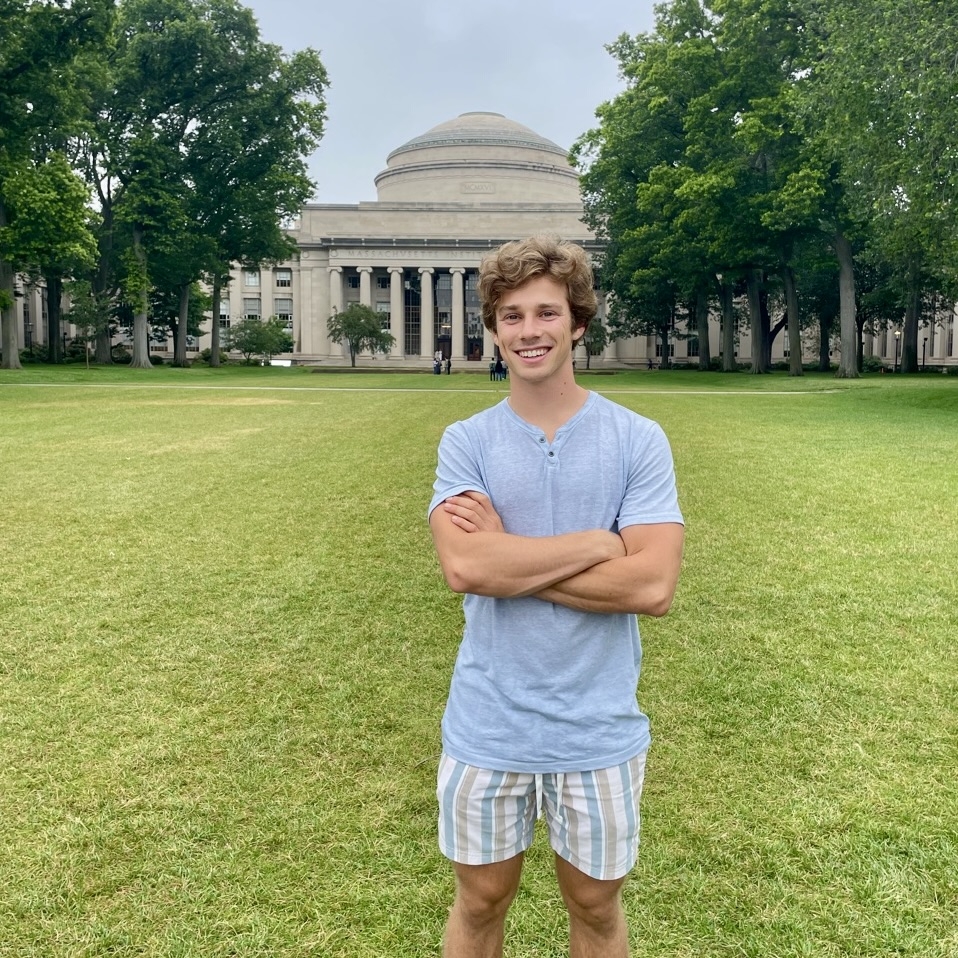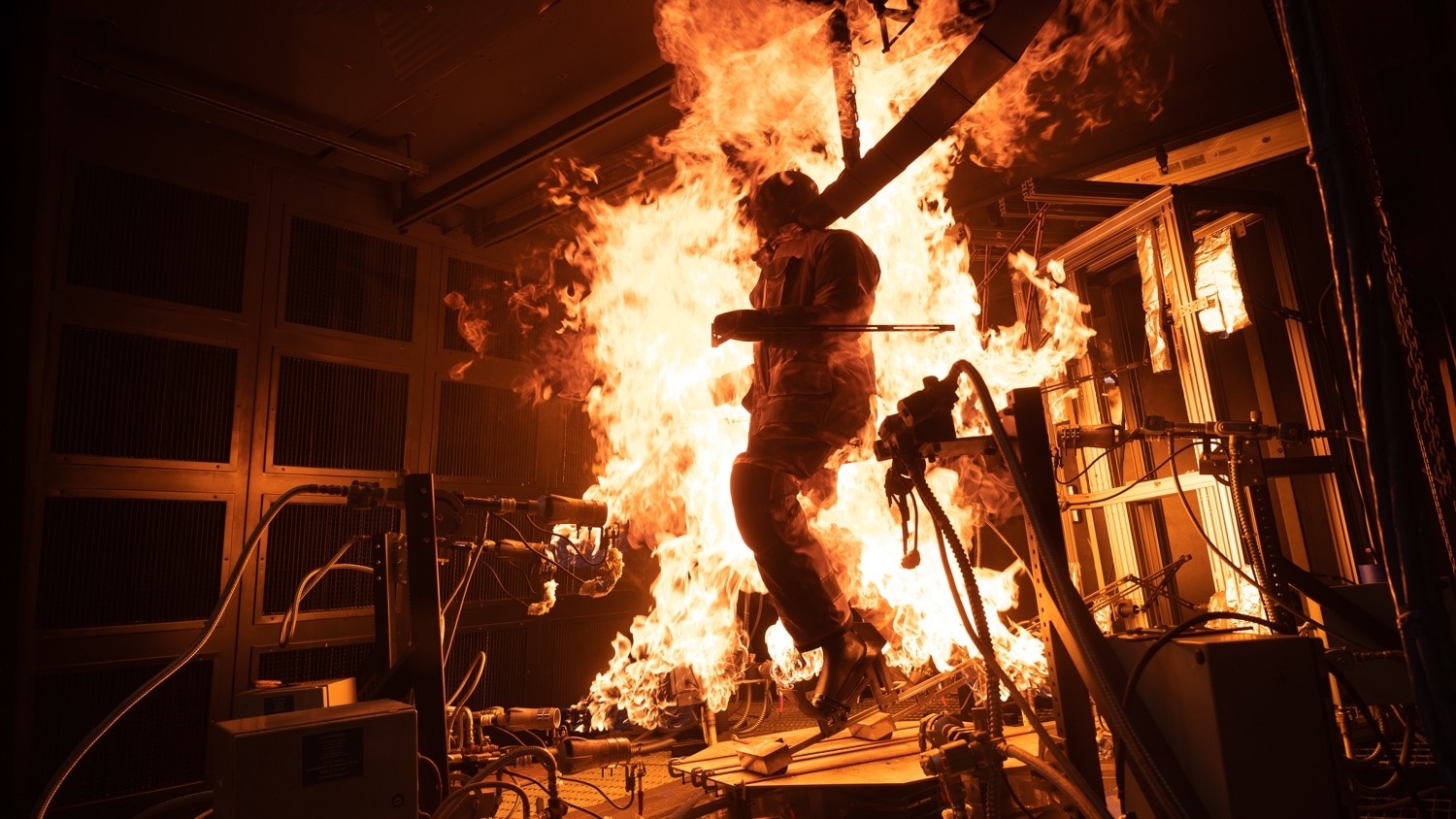70 years of nuclear engineering

NC State was the first university to develop a nuclear engineering curriculum, open reactor
Seventy years ago, when nuclear science was a secretive field, what was then called North Carolina State College began looking toward the future, becoming the first higher-education institution in the world to install a nuclear reactor and establish a curriculum on campus.
In the 2020-21 academic year, the Department of Nuclear Engineering is celebrating its 70th anniversary of the decision to start the program, and the 60th anniversary of the department, which was established in 1961. Today, the department focuses on a wide range of research topics, and its graduate program is ranked third by the U.S. News & World Report while its online master’s program is ranked first by Best Colleges Review. Its nuclear reactor is one of the most active in the U.S., used by international organizations, companies and students through an online simulator.
“That pioneering spirit is still very much here,” said Kostadin Ivanov, department head since 2015. “And the vision of the College of Engineering and Dean Louis Martin-Vega is a critical point in all of this success.”
Building on many firsts
Dean J. Harold Lampe decided in 1950 to establish a nuclear engineering curriculum and build the first on-campus reactor, R1, which was operational three years later in Burlington Nuclear Laboratories.
The University continued to increase the department’s faculty, and develop textbooks and degree programs. It awarded the first Ph.D. in nuclear engineering in the world in 1954. By 1972, NC State built its fourth reactor, the PULSTAR reactor that is on campus today.
The on-campus reactor is an educational tool for students, bringing to life concepts and methods. Students can train to be reactor operators while other academic institutions are able to witness its operation and analyze real-time data. The PULSTAR reactor is one of 10 Nuclear Science User Facilities commissioned for basic and applied nuclear research.
Its clients include the Environmental Protection Agency, National Cancer Institute and the International Atomic Energy Agency.
The department is a strong candidate for a microreactor that the Department of Energy (DOE) plans to build on some college campuses. Microreactors are more compact and based on newer nuclear reactor technologies.
“This is a new type of reactor in which to perform education and training of students for advanced reactor technology,” Ivanov said. “We are very much in a position to apply for this if there is a call for proposals.”
A growing department
Last year, two of the department’s longest initiatives — the Consortium for Advanced Simulation of Light Water Reactors, of which the department was a founding member, and the Consortium for Nonproliferation Enabling Capabilities — wrapped up their years-long projects. These DOE-funded consortia helped solve nuclear reactor challenges like longevity and efficiency, leading to better designs, and improved the nation’s ability to detect special nuclear material around the world.
Now, the department is in an important transition period.
“We’re moving to more distributed funding … which in certain ways I like more,” Ivanov said. “Because it helps establish faculty members as leaders with their own groups. They still cooperate, but they now have capabilities and abilities to participate in different projects.”
While faculty members are still focused on the core areas of power application and radiation detection, the department now has 10 research groups that include plasmas, machine learning, artificial intelligence and risk assessment.
The department has grown its plasmas research groups, Fourth State Applications Research Lab (4-STAR) and Plasmas for Life Sciences. Plasma science has many different applications, from industrial to medical, and it is part of the future of nuclear engineering as there is a growing focus on overcoming technical challenges to transition from using nuclear fission to fusion to create power.
Partnerships and people
In the last two decades, the department has grown steadily, tripling its number of tenure-track faculty members to 23 and increasing its number of graduate students from 70 to 130.
Nuclear engineering has grown into a collaborative field, and the department values its partnerships with international agencies, national labs, corporations and startups.
Faculty members play important roles within the International Atomic Energy Agency and the Organization for Economic Co-operation and Development’s Nuclear Energy Agency, leading research projects and courses focused on a number of initiatives. The department also partners with other countries to help develop infrastructure for nuclear energy.
“This is very beneficial for us because we can advertise our efforts, we can work internationally and recruit international graduate students,” Ivanov said. “It increases the visibility of our department.”
Currently, faculty members are involved in two teaming agreements focused on developing nuclear reactors that can be licensed within seven years rather than the typical 10 years. These projects — one with Terrapower and General Electric Hitachi Nuclear Energy and the other with X-Energy — are funded by DOE to help increase clean power sources.
In addition to diversifying its research efforts, the department is also focused on bringing in more women and underrepresented minority faculty members, staff members and students. A more diverse department helps develop new perspectives, something they’ve already had success with on their department advisory council.
“There is much more to be done,” Ivanov said. “We’re not standing still.”
Return to contents or download the Spring / Summer 2021 NC State Engineering magazine (PDF, 52.0 MB).
- Categories:


